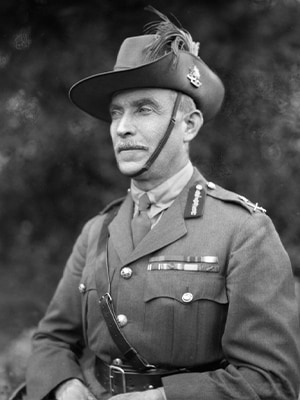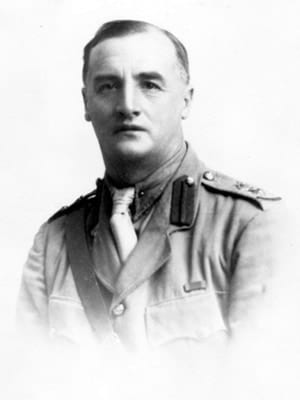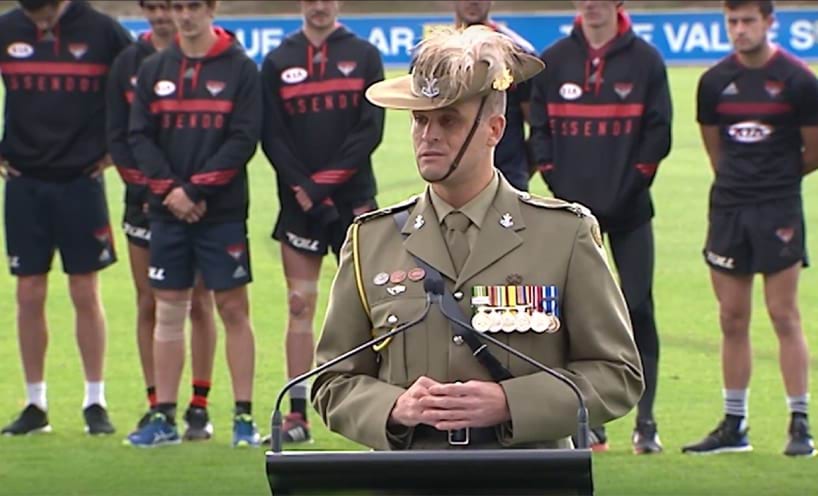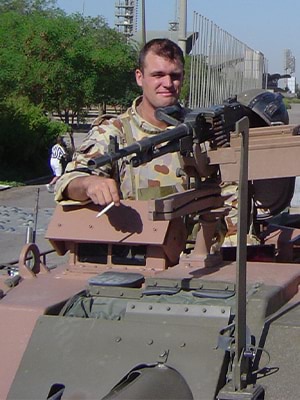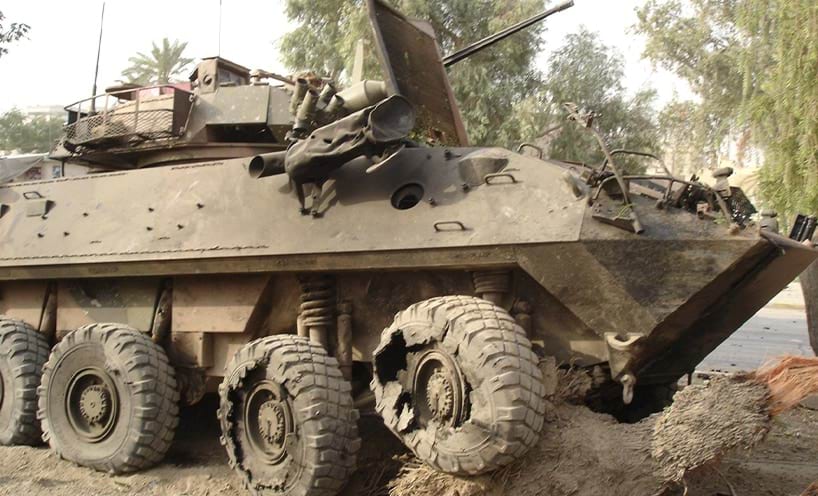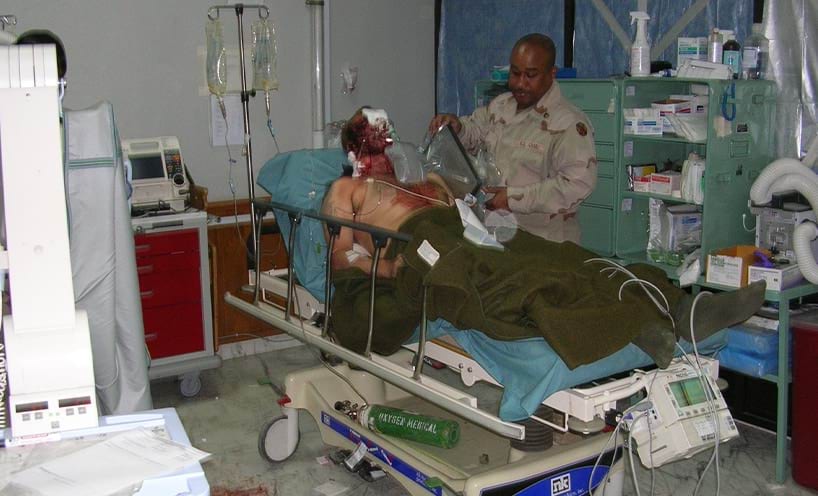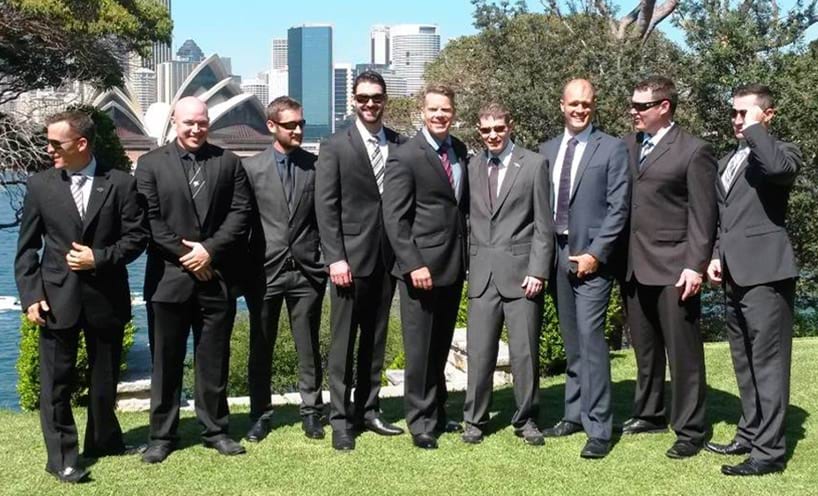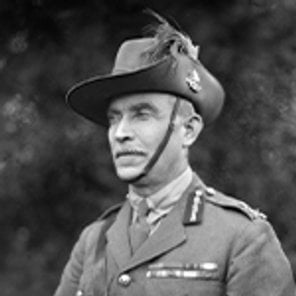
- Conflict:
- First World War (1914-18)
- Service:
- Army
As we near the end of the Centenary of the First World War it has been commented that if all we do during this period is view a few sepia photos and open a few memorials we have not only missed the point, but more importantly, we have lost some significant opportunities.
This should not only be a time to consider the past, but in many ways, to think about how the lessons of the past can inform our present and future. I have chosen to see it as an opportunity to review the treatment of contemporary veterans and ensure that they are heard. This challenge is not new in Australian history; it appears to have occurred following all major conflicts where large numbers of Australian military have been involved.
A story clearly highlighting the issues faced by returning veterans involved General Sir Harry Chauvel, a veteran of the Boer War and Gallipoli, who rose to international prominence as commander of the Desert Mounted Corps, which under his command saw spectacular success including the Battle of Beersheba and the Capture of Damascus.
In late 1919, Chauvel, travelling through Brisbane on his return from the Middle East, enquired as to the whereabouts of his former Assistant Director of Supply and Transport, Lieutenant Colonel W Stansfield, a man he held in high regard (Stansfield had been mentioned in dispatches three times, awarded the Distinguished Service Order—rare for any member of the Army Service Corps—and was appointed a Companion of the Order of Saint Michael and Saint George (CMG) for his ‘continuous zeal and ability’ during 1917 to 1919 operations). Chauvel found Stansfield working in Queensland Railways in the same junior position he had been in before he left for the war in 1914, his superiors having little appreciation of his military experience, or understanding of how the skills he had gained during his military service could translate to his civilian role.
Chauvel saw to it that the head of the railways understood his displeasure with the organisation’s lack of progressive thinking. He ensured that Stansfield was promoted to a role that adequately matched his logistical skills.
This lack of understanding of the capabilities of military personnel is still reported today by many Australian Defence Force (ADF) people as they transition from the military into civilian careers. It appears that employers are often unaware of the transferable skills and experience ADF personnel can offer, which often leads to underemployment for many when they leave the services.
There is so much to be revered in Chauvel’s military exploits, including the victories at Gaza, Beersheba and Damascus. However, his character is truly defined by his actions as a returned officer. Chauvel always regarded himself as the returned men’s peacetime leader.
It is this ongoing peacetime leadership that I attempt to emulate, in my own small way, to ensure the men and women I have served with are given their rightful place in today’s society. I can in no way compare my military service with that of this great man. Rather, I work to follow his example.
As part of my uniform I wear a slouch hat, the iconic headdress of the Australian Army. But my hat displays an emu plume, as did that of Chauvel. The practice of soldiers wearing the emu plumes in their hats dates back to the 1891 shearers’ strike, when Chauvel was a young Lieutenant. Folklore would have it that men of the Mounted Infantry practised their horsemanship by chasing emus. Only the best horsemen could pluck a feather from the emu’s tail. I wear a plume now, as do all members of Australian Light Horse, Cavalry and Tank regiments who draw their lineage from not just those original military horsemen, but all who have come since.
I would like to believe that Chauvel’s experiences of working with Australian soldiers were not unlike my own. His characteristic commanding from the front must have led to numerous occasions where his life was saved, either directly or indirectly, through the actions of his soldiers. I can recount instances where my men put my wellbeing before their own.
I would never consider nor suggest that my military skill, tactical acumen or nerve under pressure equal those of Chauvel; but the more I learn about the great light horseman, the more I have found humble comparisons.
Many of the material contrasts are stark: the campaigns we fought were separated by 1,000 kilometres and 90 years (Chauvel fighting through Egypt, Palestine, Lebanon and Syria, while my experiences were further to the east in Iraq); he commanded thousands, while I, only a small fraction of that number; his command was in full-scale warfare, whereas mine was always in the counterinsurgency fight.
The similarity I see is not between myself and Chauvel, rather it is between the men we commanded, the Australian Light Horse and their modern day equivalent.
My own true formative experience of the nature of the Australian soldier occurred during my first deployment to Baghdad. Unlike the long voyages on troop ships, we went to war in 2004—like so many soldiers of my generation—by commercial air travel. My introduction to the Middle East was a ten-hour stopover in the Emirates business lounge at Dubai International.
On arrival in Baghdad we found a flat, hot, congested city of seven million situated on a series of bends in the Tigris River. In 2004, Baghdad was functioning like any other city. There were traffic jams, pedestrians, red lights, sidewalk restaurants, street vendors, markets and rows of shopfronts. It was a densely populated city, most of its inhabitants just trying to get on with life. At the same time, they had to deal with the complexities of life in a war zone.
Our steeds were the Australian Light Armoured Vehicles (ASLAVs), eight-wheeled, 13 tonnes and capable of travelling at 110 kilometres per hour, fast enough to keep up with traffic on the highways.
Unlike the Turkish enemy of the Great War, our enemies were hidden amongst the population. Baghdad had up to 40,000 active insurgents. The Sunnis and Shias fought not only against the American-led forces, but also with each other. Since the first IED (Improvised Explosive Device) strikes on US soldiers in mid-2003, the insurgents were targeting both Coalition troops and Iraqi security forces. The ‘explosive remnants of war’—artillery rounds, mortar bombs, grenades and rockets—could easily be adapted for use as explosive charges.
I was the patrol commander for the second task of the day on 25 October. On this morning nothing seemed out of the ordinary. We had no indication that some time earlier an insurgent had parked a car with a cargo of artillery rounds wired to a remote control. There was no sign that, as my vehicle passed it, the device would be triggered by someone overlooking the road.
Of the explosion I remember nothing. I have no recollection of the blast that tore off my helmet and goggles, nothing of how my vehicle lost control and careered into, and uprooted, a tree in the median strip.
I must have been unconscious for only a few seconds, and on regaining consciousness I fumbled through the blood and damaged flesh that constituted my eyebrows and the bridge of my nose, and managed to prise open my eyes.
After incidents like this crowds could turn violent very quickly. The number of wounded from this blast was never confirmed, but many locals suffered gruesome injuries. A large, volatile crowd gathered, many members of which had just seen family members, friends or neighbours killed or hideously wounded.
The two local children who would run out to the footpath to wave each time our vehicles passed disintegrated when the bomb detonated. One second they were running, smiling and waving. Then, in the blink of an eye, their little bodies were torn apart and their flesh and body parts showered the roadway.
A man staggered and dropped, one arm severed at the elbow, the skin and muscle from his face hanging from his chin. The red-hot, razor-sharp fragmentation from the bomb ripped through him and he died there on the footpath.
During the following minutes of chaos the young men of my troop—some not yet twenty years old—without hesitation, put their own personal safety aside to keep this angry crowd at bay, treat casualties and ensure that I got evacuated to medical treatment. While not in the same context as those original light horsemen charging the Turkish fortifications at Beersheba, but with the same ethos and dedication to their mates, these men selflessly risked their lives to save mine and others.
During Chauvel’s campaigns across the Middle East he would undoubtedly have seen his men do remarkable things, being not just brave and heroic in the face of the enemy, but working tirelessly to keep thousands of soldiers coordinated, informed, fed and motivated—skills which, no doubt, should be highly prized in civilian organisations. But, as the example of Lieutenant Colonel Stansfield and Queensland Railways showed, this was not always the case.
Throughout the 2004 insurgent attack in Baghdad and subsequent evacuation of casualties and recovery of vehicles, the Australians involved demonstrated the range of military capabilities that come from years of training.
Their decision making in a chaotic environment, under stress, ensured that the amount of time fellow soldiers were exposed to the threats on the streets of Baghdad was minimised.
Their technical ability ensured our vehicles, weapons and communications equipment were used to coordinate the casualty evacuation and recovery of the damaged ASLAVs in the fastest and most secure way.
Their communications skills ensured all activities were coordinated. Throughout the incident they dealt with local Iraqis and US soldiers, overcoming often diverse cultural and significant language barriers.
Their logistics skills came to the fore with my evacuation to medical support through the surgical unit in Baghdad, strategic transport to Germany and finally back to Australia.
I don’t use the symbol of the emu plume or the stories of the light horsemen because I feel that they deserve more recognition than any other fighting units. On the contrary, I use them to show what historians tell us; the military men and women, the soldiers, sailors and airmen/airwomen who fought in previous conflicts were not so different from those of today.
And to tell this story properly, I must explain where my men are now: one soldier sadly passed away two years ago from an illness linked to the bomb attack; two others have been regularly hospitalised with post-traumatic stress and depression; and two others have good days and bad. But it has to be said that the remainder, 25 or so men, have moved on. They have grown from what they saw, and processed the terrible things they witnessed. Many have gone on to do amazing things: several have remained in the Army and are now senior soldiers and officers; others are policemen spread throughout Australia, many in specialist roles—continuing to serve the country by protecting us against the threat of terrorism; some are business owners and others corporate executives.
The military may seem to be on the fringe of normal Australian society, but many of these men and women are not. They move amongst us, many humble about their service to their country, most only displaying their past on Anzac Day when they pin on their medals.
Chauvel retired in 1930 and, besides working to support fellow veterans, he found himself in directorships with, for example, The National Bank and Colonial Mutual Life Assurance Society. Here he used the skills and attributes gained from his military career. They showed that the critical thinking, high-pressure decision making and methodical planning Chauvel had relied on in himself, and nurtured in his subordinates, were highly transferable to civilian roles.
So while Chauvel worked to preserve the memories of those servicemen who were not fortunate enough to return home, and for the welfare of those who did return, he also showed that veterans were capable of making significant contributions in their civilian careers.
Colonel William Stansfield CMG DSO VD MiD was Queensland State Transport Officer during the visits of the Prince of Wales, the Duke and Duchess of York and the Duke of Gloucester. The Duke and Duchess of York visited in 1927, and the Duke of Gloucester on 4th December 1934.
Author:
Major Garth Callender left the regular Australian Army in 2013 after a distinguished 17 year career, during which time he commanded soldiers in Iraq and Afghanistan. He has continued his reserve service and over 2015 and 2016 was the Regimental Second-in-Command of the 4th/19th Prince of Wales’s Light Horse Regiment. Currently he leads the New South Wales Government Veterans Employment Program, working to ensure the highly transferable capabilities of former military professionals are understood and valued across the Australian government and industry.
Updated
